Over 7 million food insecure in Sudan: World Vision is on the ground responding
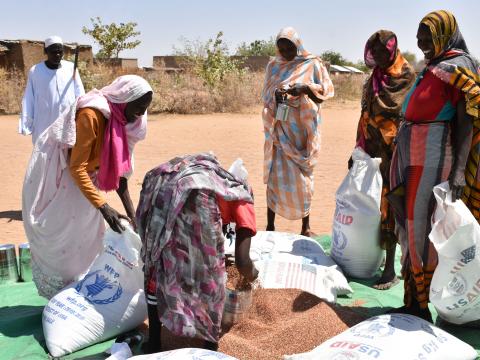
At least 7.1 million people in Sudan are facing crisis or emergency levels of food insecurity, according to the Integrated Food Security Phase Classification.
Internally displaced populations, refugees and conflict-affected host populations in Darfur, South Kordofan, as well as part of Blue Nile, are especially the hard-hit. Households depending on daily wages, poor farming and agro-pastoral communities are also severely affected (Famine Early Warning Systems Network -FEWSNET, March 2021 Key Message Update).
Early warning reports indicate that high inflation is one of the key drivers of the deepening food insecurity in Sudan, this is in turn limiting the purchasing power for vulnerable households. February 2021 saw inflation in the country surge to 331 percent; this is the highest level ever in decades, according to the Sudan Central Bureau of Statistics.
Current projections indicate that high commodity prices are expected to continue limiting households’ purchasing power, and further driving food assistance needs, particularly through the lean season (April to September 2021).
Households to make "tough food choices" in the lean season
Brian Mashingaidze, Manager for World Vision's Sudan Food Assistance Programme explains that due to inflation and other factors driving food needs, families are going to be forced make some very tough decisions in order to cope, especially during the lean season.
“Some of these decisions will be either reducing the number of meals or the portions they serve so that the food they have lasts longer. Even for those who are receiving assistance through our cash programme, the high cost of goods now, means that what they could afford the same time last year, has more than doubled or tripled in price, thereby limiting their choices,” Mashingaidze notes.
“For children, especially those who rely on our school wet meals programmes, due to COVID-19 restrictions, we are giving them dry take-home rations. They will definitely, have to share these meals with other family members.”
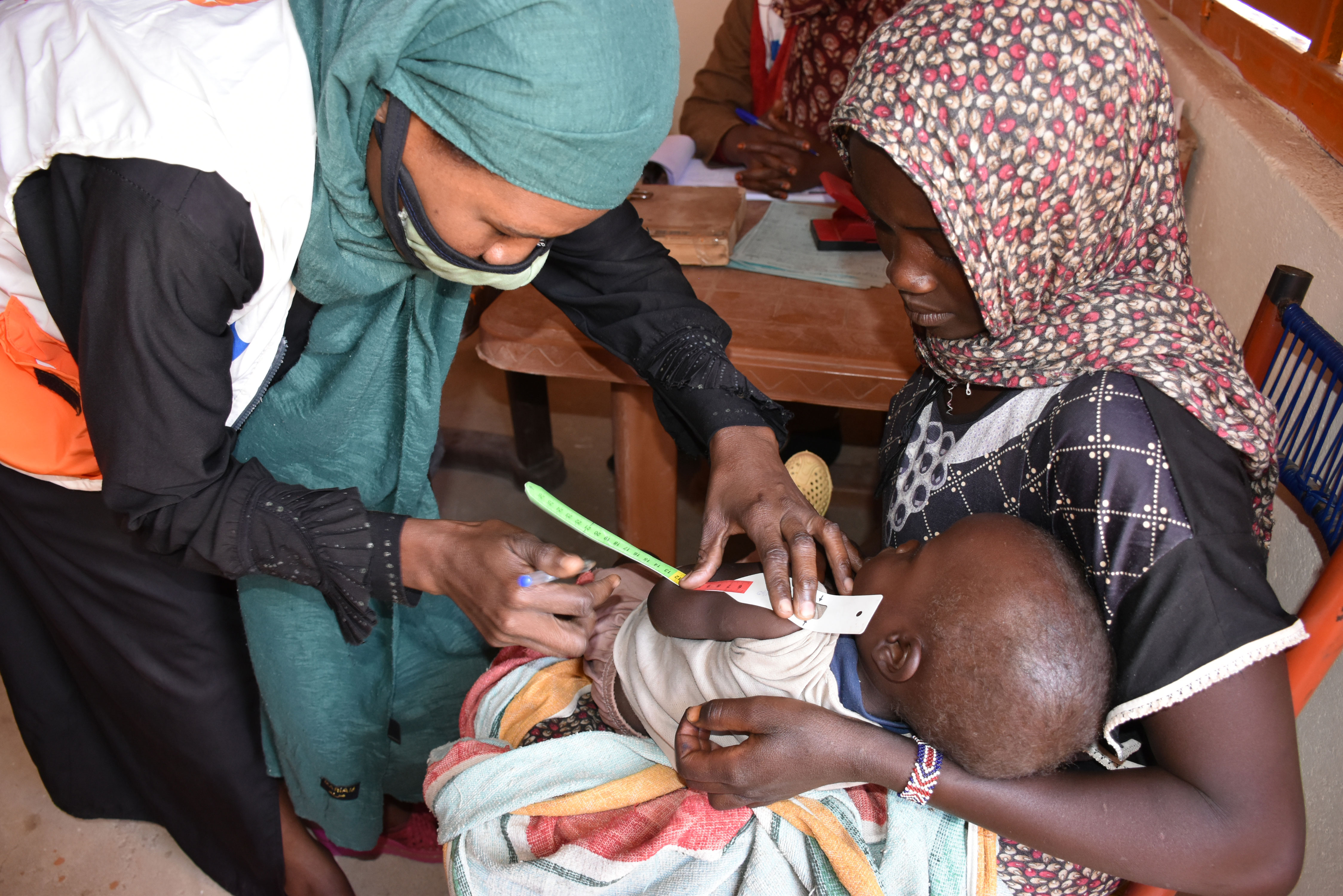
Then there is the threat of malnutrition. According to the 2021 Sudan Humanitarian Needs Overview (HNO) nearly 3 million children under five years old are suffering from acute malnutrition, of which approximately 570,000 have severe acute malnutrition (SAM).
Rising food prices have also been attributed to driving malnutrition, in addition to weak health and WASH systems, including poor nutrition.
Responding to the continuing threat of food insecurity and malnutrition
With the support of the World Food Programme and USAID’s Bureau of Humanitarian Assistance, World Vision is responding in South Darfur, East Darfur and South Kordofan, meeting the immediate food requirements through our food and cash-based assistance programmes.
World Vision is distributing a food basket consisting of 36 kilogrammes of sorghum, 4.5 kilogrammes of beans, 2.3 kilogrammes of oil and 300 grammes of salt, to last a family of five, for 30 days, explains Mashingaidze. World Vision is reaching 435,000 people each month, through food distribution.
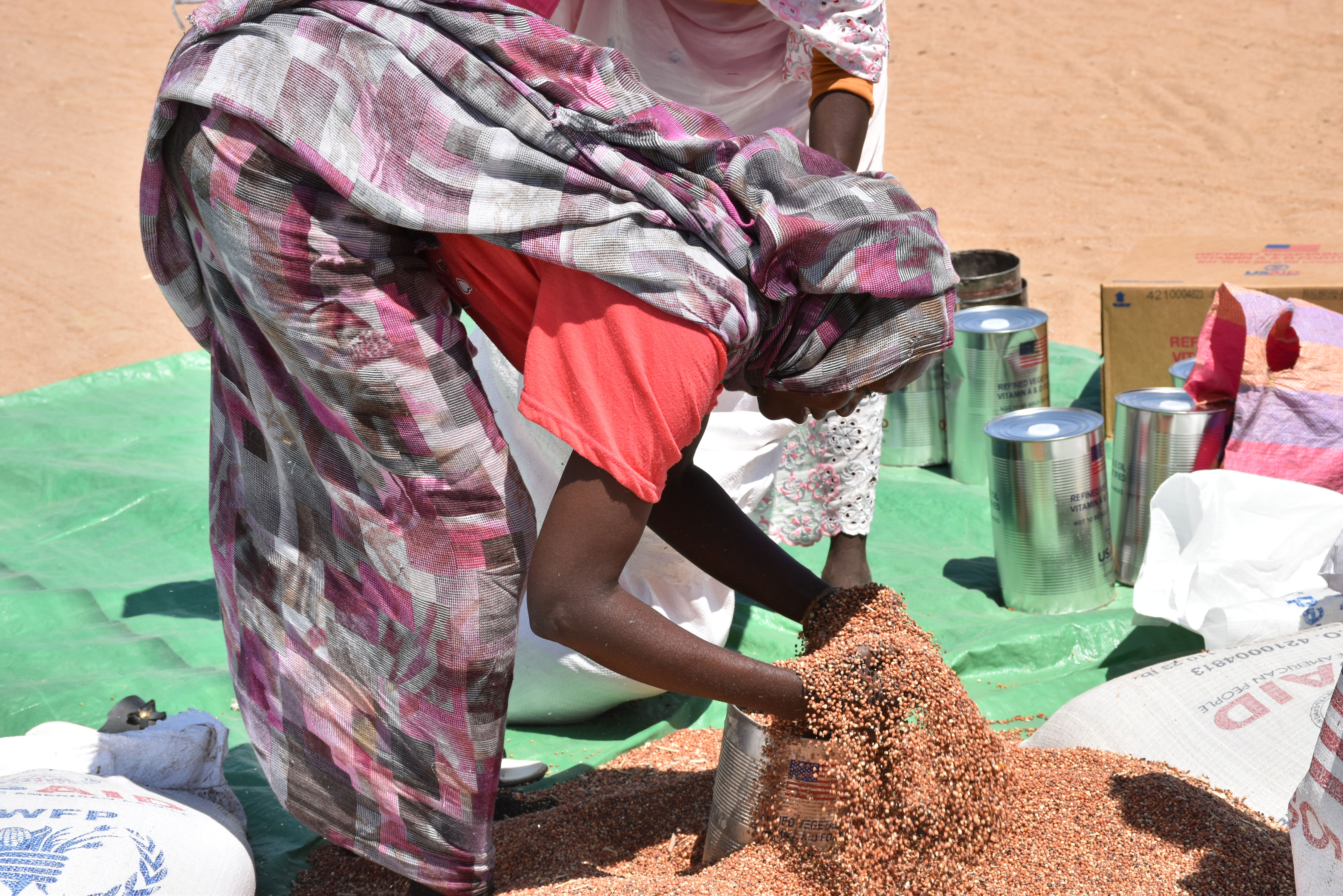
In addition to food, 115,000 people, are receiving cash assistance. Mashingaidze notes that, starting April, this number will be doubled to support vulnerable people during the lean season when it is expected that food insecurity will deepen. These beneficiaries will be required to contribute to assets creation or livelihoods activities in their communities, to receive the cash.
Furthermore, there are plans to scale up food distribution to support an additional 65,000 people from vulnerable groups such as child-headed households and people with disabilities, who will be left “severely food insecure” during the lean season.
World Vision is also reaching a total of 70,000 children across 81 schools in South Darfur state. Each child is provided with a wet meal every day. With schools closed, children are being given dry food to take home.
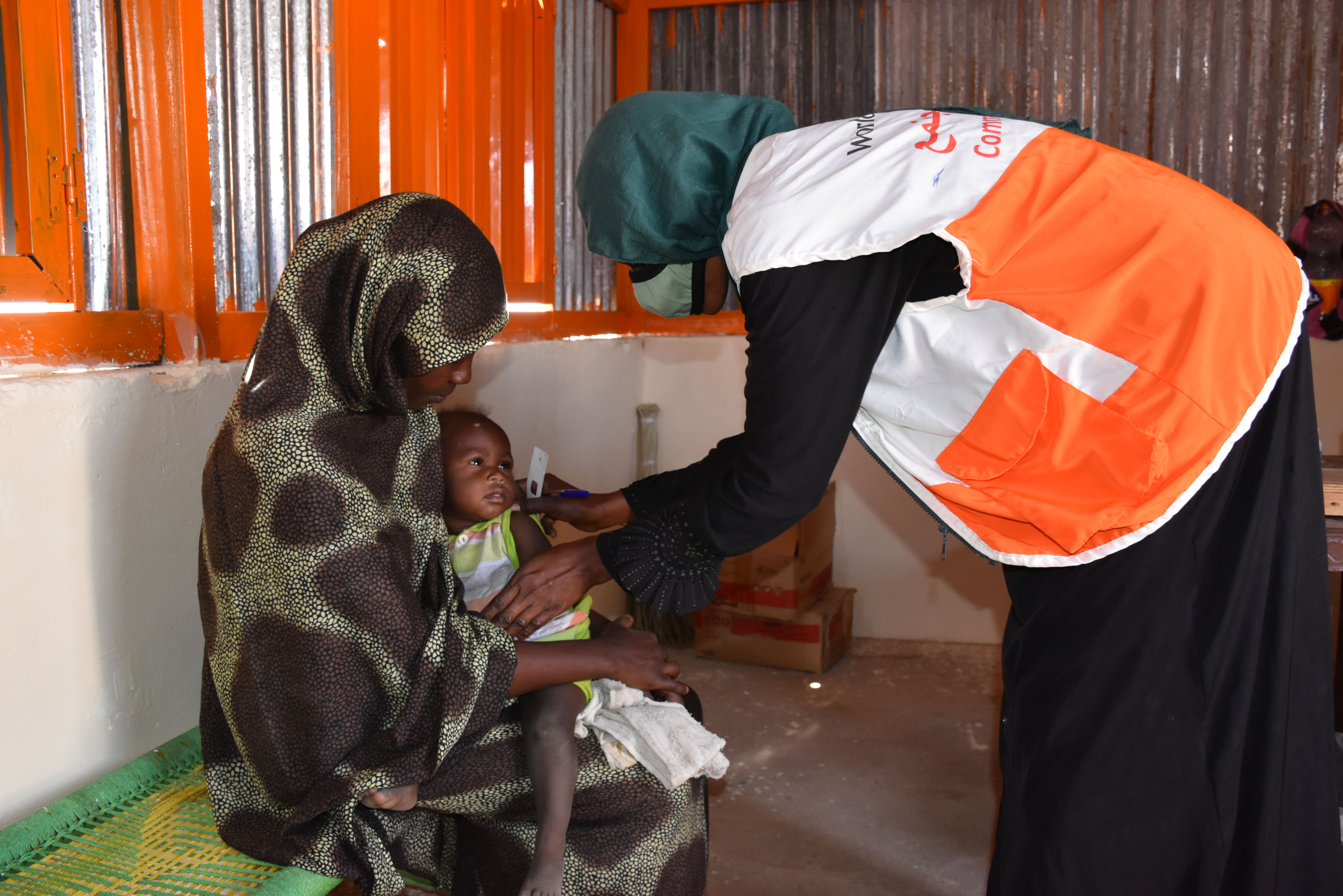
Additionally, World Vision is providing nutrition care and treatment for children admitted with malnutrition, and also conducting mass screening at community level to detect early cases of malnutrition, for early intervention.
By March 2021, nearly 7,000 children below five years old, in addition to approximately 1,800 pregnant women and breastfeeding mothers admitted with acute malnutrition in Darfur, South Kordofan and Blue Nile, had received the needed treatment, nutrition care, supplies, as well as education on preventing malnutrition.
Since January 2021, World Vision has distributed 9, 500 metric tons of food, and US dollars 3.2 million in cash transfers.
More about the humanitarian needs in Sudan
According to the Sudan HNO for 2021, at least 13.4 million vulnerable people will need humanitarian assistance in 2021, nearly half of them children.
The HNO attributes the continued growth of humanitarian needs to the high inflation, the socio-economic impact of COVID-19, the devastating flooding recorded in late 2020 that impacted nearly a million people, and disease outbreak.
Inter-communal tensions and violence, especially in parts of the Darfur region, eastern Sudan and South Kordofan also continue to drive internal displacements. As such, the number of internally displaced persons has risen from 1.8 million in 2020 to 2.5 million.
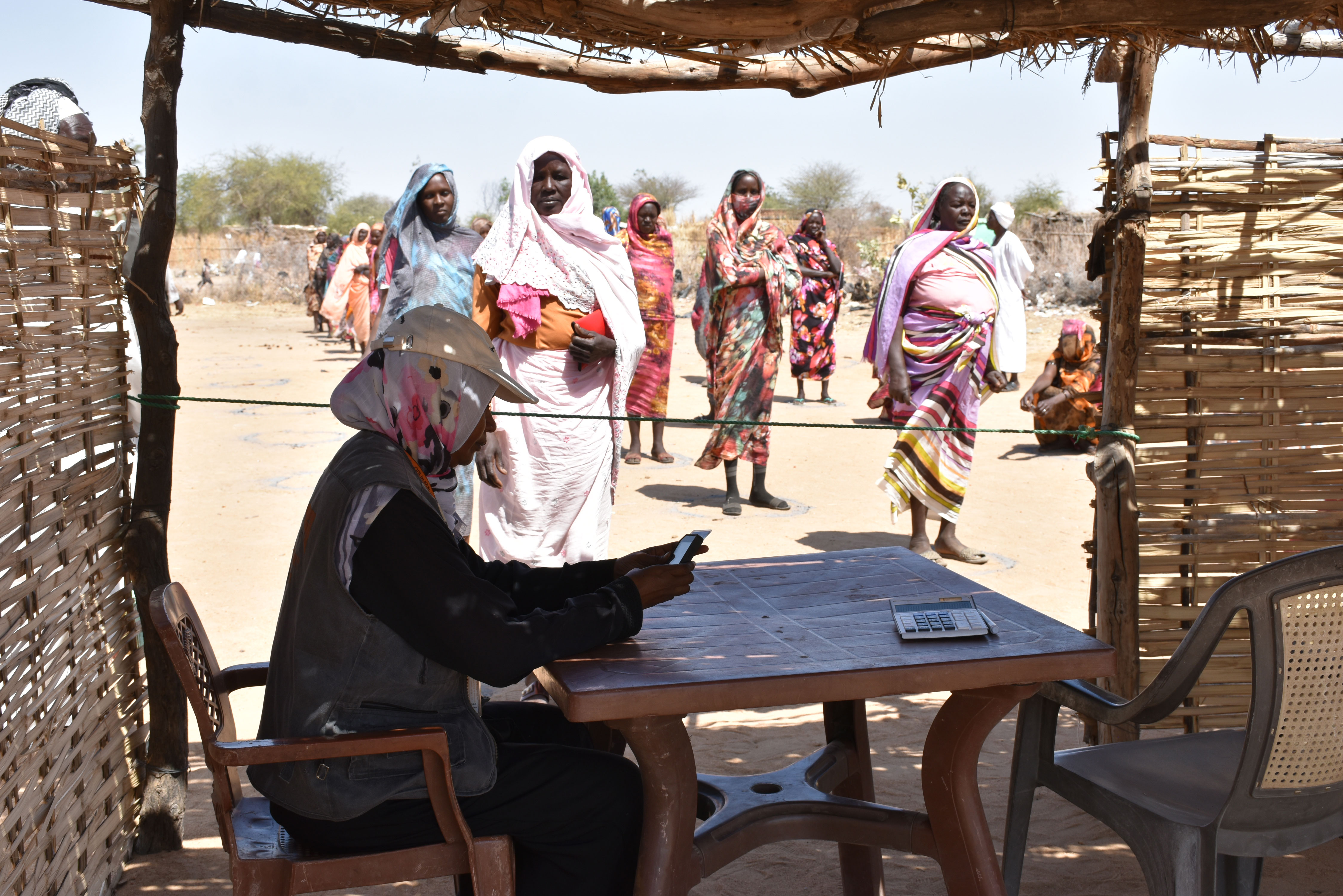
World Vision's Multi-Country Emergency Response
In March, World Vision declared a multi-country emergency response for Ethiopia, Somalia, South Sudan, Sudan, Kenya and Uganda, targeting to reach approximately 2.4 million people. Learn more here.
---
Article by Lucy Murunga (Communications Manager) and photos by Sojoud Elgarrai (Communications Officer)